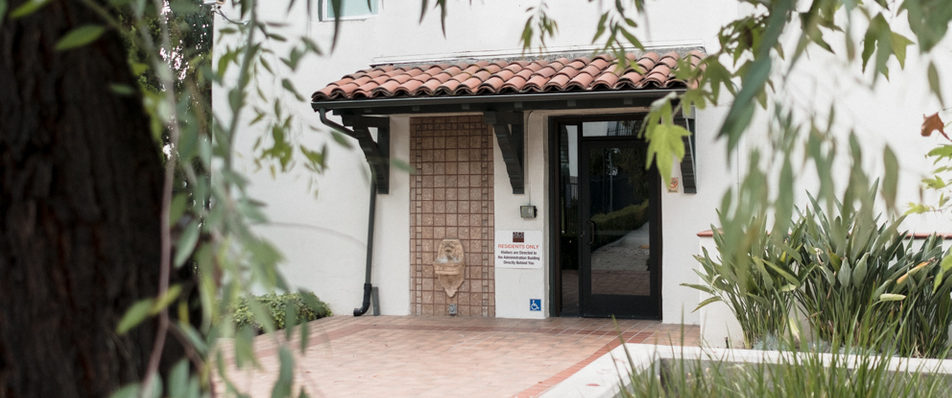When it comes to the topic of homeless Angelenos, fears and misinformation reign. Some paint our house-less neighbor as drug addicts and criminals; others see construction of new supportive housing units as a threat to their quality of life and personal safety.
It’s understandable that folks would fear the unknown — but it’s vital for us to correct their misconceptions. If we want to end homelessness, and build supportive housing across L.A. County, we all need to get on the same page.
Help us bust these common myths. Tweet the facts to show you’re committed to fighting bigotry with truth.
Myth #1: Homeless people prefer living on the streets
It sounds crazy, but we hear this all the time from people who don’t know any better. The truth is this:
The problem is a lack of housing. Since 2015, L.A. County has moved more than 14,000 homeless residents into supportive units. But, to make a real and lasting impact, we need to help many, many more.
Shelters are another issue. Of the 12,000 emergency shelter beds we do have, many fill up every night. Mayor Garcetti recently announced plans to build 1,500 more, but that would still only provide short-term shelter to around a quarter of our unhoused population. (In comparison, New York has over 60,000 shelter beds, serving around 77,000 homeless people.)
The truth is that a lack of affordable housing, a dearth of supportive solutions, and far too few shelter beds have pushed thousands of people onto the streets. These folks are homeless because they can’t access housing—not because they love the lifestyle.
Myth #2: Homeless people just need to get jobs
About 44 percent of homeless people around the country did some paid work during the previous month, according to a 1996 survey by the Urban Institute. In 2013, the Department of Housing and Urban Development found that 17 percent of homeless adults in families had paying jobs and 55 percent worked during the previous year.
But rents keep rising. Today, 1 in 3 renters in the Los Angeles metropolitan area is considered “severely rent burdened,” meaning they spend at least half of their income on housing. Additionally, L.A. County is the most unaffordable region in the country for the poorest renters, according to the U.S. Department of Housing and Urban Development. It’s estimated that a rent increase of just 5 percent across the county would push 2,000 people into homelessness. This is why we need more supportive housing solutions now.
Myth #3: There will always be homeless folks in L.A. because our weather is so great
Unhoused people are not foreign intruders; a majority are longtime residents who’ve fallen on hard times. More than three-quarters of people experiencing homelessness in L.A. County have lived here for at least five years, and 57 percent of those living on the streets have been living in L.A. for more than 20 years.
And, by not recognizing this crisis as homegrown, it’s far easier to ignore it.
If you believe in ending homelessness in L.A., share these facts with a friend or neighbor. Help us build momentum and show our unhoused neighbors that we believe in bringing #EveryoneIn.





